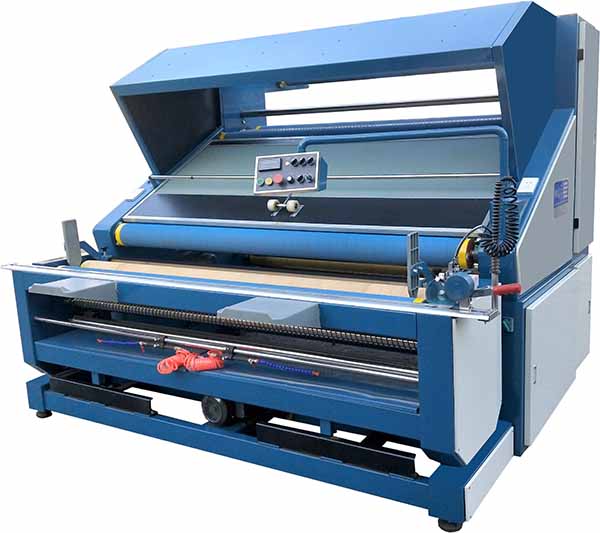With the improvement of quality of life, customers have higher and higher requirements for clothing, and clothing manufacturers have naturally higher and higher quality of raw material fabrics. In addition to high-quality and high-standard production processes before leaving the factory, cloths also need to be strict The fabric inspection.
The purpose of fabric inspection is to make the finished garments produce as few defective products as possible. When the fabric enters the factory, the quality and quantity of the fabric must first be inspected. Since the quality of the grey fabric is directly related to the quality and output of the finished product, it is necessary to check the number, size, density, batch number, Whether the linear density meets the requirements, the grey fabrics are inspected one by one according to the standards during the fabric inspection. Various defects that affect the quality of the finished product, such as color patterns, missing needles, holes, and oil stains, must be marked and quality recorded. If fabric inspection is not carried out, it will affect the quality of subsequent production and finished garments.
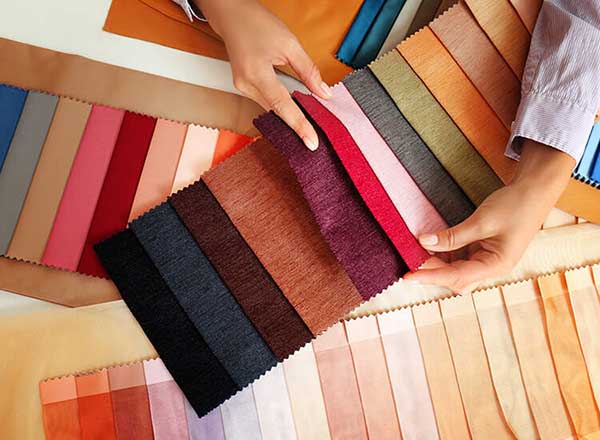
1. Width:
During the printing and dyeing process, the fabric inevitably receives mechanical tension. If the strength of each section is uneven or the drying is not thorough, it will cause uneven shrinkage of the fabric and change the width of the fabric. When inspecting a roll of cloth, check its width at least three times at the beginning, middle, and end.
If the width of a roll of cloth is close to the specified minimum width or the width of the cloth is uneven, the number of inspections on the roll width should be increased. If the roll width is less than the specified minimum purchase width, the roll will be considered unqualified.
For woven fabrics, if the width is 1 inch wider than the specified purchase width, the roll will be deemed unqualified. But for elastic woven fabrics, even if they are 2 inches wider than the specified width, they can be considered qualified.
For knitted fabrics, if the width is 2 inches wider than the specified purchase width, the roll will be deemed unqualified. But for the stretch frame knitted fabric, even if it is 3 inches wider than the specified width, it can be considered qualified.
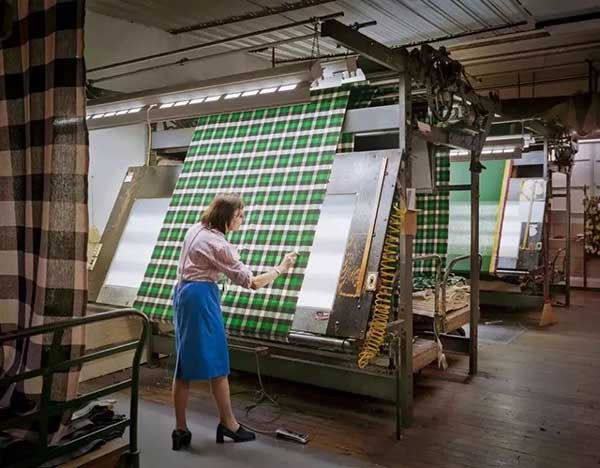
2. Defects:
The defects on the fabric have a direct impact on the appearance of the finished garment. If there are too many or more serious defects on the garment, the product will be downgraded or scrapped. Therefore, the inspection of the fabric before production can detect defects before cutting, reduce the cost of changing the film, and reduce the workload of the inspection.
A major defect will be regarded as a three-point or four-point defect. If the cloth has obvious loose threads or tight threads on a selvedge, or there are ripples, wrinkles, creases or creases on the main body of the cloth, these conditions will lead to When the cloth is unfolded in the usual way, the cloth is uneven, and such a roll cannot be rated as a first-class product.
3. Color difference:
When the grey fabric is printed and dyed, the color of each piece of fabric will have a certain difference, even the same piece of fabric will have a certain color difference. This is related to many factors such as the dyeing equipment and conditions during fabric processing, and the method of dye blending.
4. Weft skew and weft bend:
The woven fabric is often subjected to tension during the printing, dyeing and finishing process, and is under tension. If the tension is not uniform, it will easily cause the fabric to tilt along the weft direction, that is, the weft skew phenomenon. When the tension in the middle of the fabric is uneven, the weft will bend in an arc, that is, the phenomenon of weft bending. This needs to be tested during fabric inspection.
5. Quantity:
Check whether the number of incoming fabrics and the length of each piece are consistent with the incoming bill.
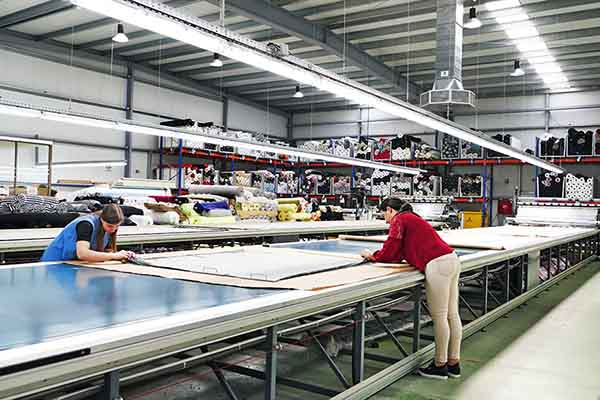
The entire fabric inspection process has many links and cumbersome operations. It must also ensure the accuracy, low error rate and high efficiency of the fabric inspection. In addition to the high requirements for the experience, technology and patience of the fabric inspection workers, the requirements for the fabric inspection machine are also very high. . For example, the width, weft skew and weft bending inspection are all related to the tension of the fabric, which requires the fabric inspection machine to be able to control the tension of the cloth in order to ensure the accuracy of the fabric inspection.
Suntech ST-KFIM OPEN WIDTH KNITTED FABRIC INSPECTION MACHINE can automatically control the tension. The running speed is controlled by PLC. The end of the cloth roll is connected to the output shaft of the magnetic powder brake through a mechanical device. The braking force of the magnetic powder brake is adjusted by controlling the current. The tension controller is controlled by the PLC, and the proximity switch is used as a speed measuring device. Form an effective closed-loop control, which can accurately and real-time adjust the size of the unwinding braking force according to the change of the cloth roll inertia, so as to make the cloth surface tension constant to meet the needs of automatic fabric inspection. Compared with other tension control fabric inspection machines, the tension adjustment of this equipment is more stable, accurate and fast, which can effectively improve the detection efficiency of cloth surface defects.
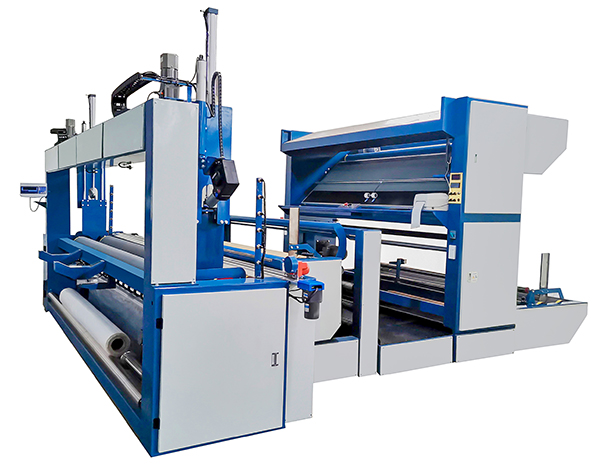
(Suntech ST-KFIM OPEN WIDTH KNITTED FABRIC INSPECTION MACHINE)
Suntech fabric inspection machine has the following advantages:
1.Auto Tensionless Checking:With unique mechanical and electrical device combination for making fabric feeding, delivery and rewinding synchronous.
2.Full Width Fabric Inspection:With 60 degree fixed angle inspection screen.
3.Curled Edges Controlling:With scroll roller system and de-curling system for perfect roll generation.
4.Accurate Length Counting(Y/M):Counting error ≤0.1m/km.
5.Accurate Fabric Edge Controlling:Edge alignment error ≤6mm.
6.Consistent Roll Output:Roll hardness adjustable.
7.Available for different Fabric Input and Output Presentation especially designed for A-frame to Roll Checking,Roll to Roll Checking,etc.:Synchronize with other production operations.
Suntech, as an old-brand fabric inspection machine manufacturer, has 50 years of technical precipitation and equipment manufacturing experience.
With more than 4,500 customers and 10,000 machine installation cases around the world, we can customize all kinds of fabric inspection machines to meet production needs for users. All provide a 12-month warranty and free random accessories such as optoelectronics and digital length meters. , The price is very competitive in the industry, please inquire for details.
